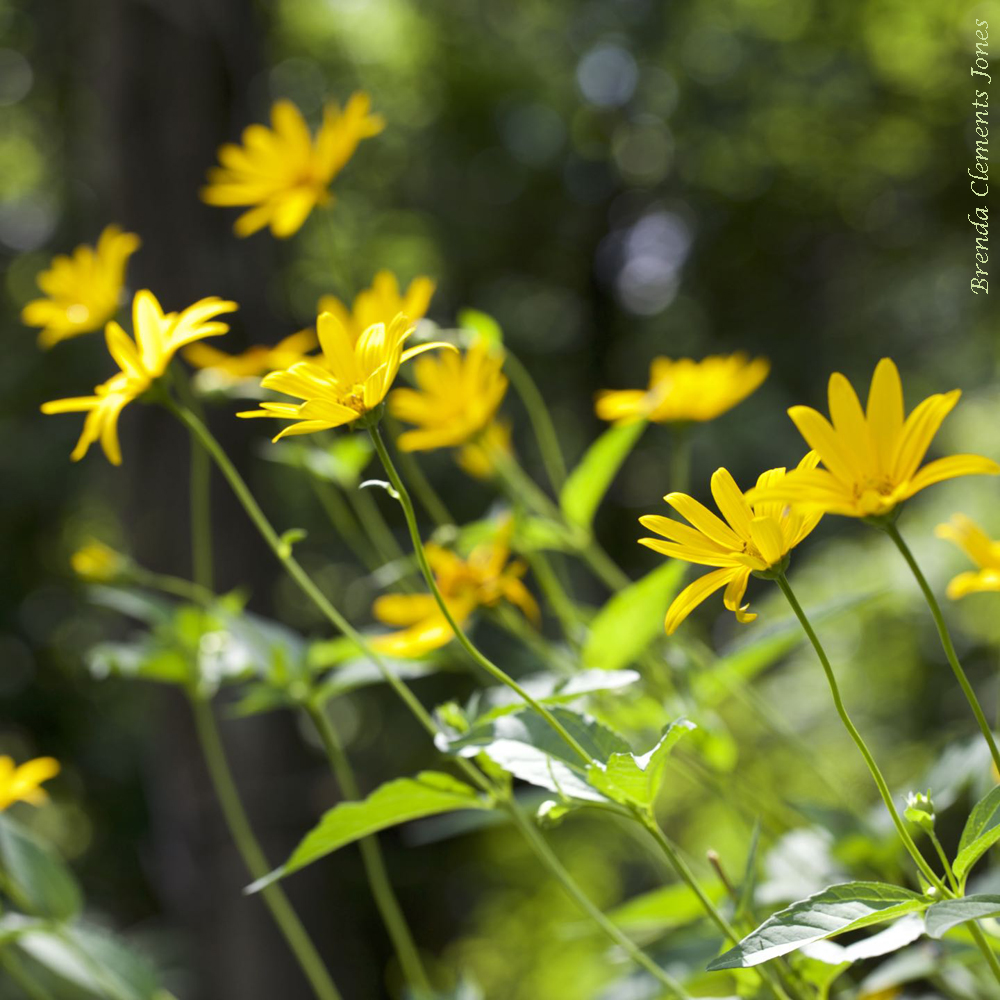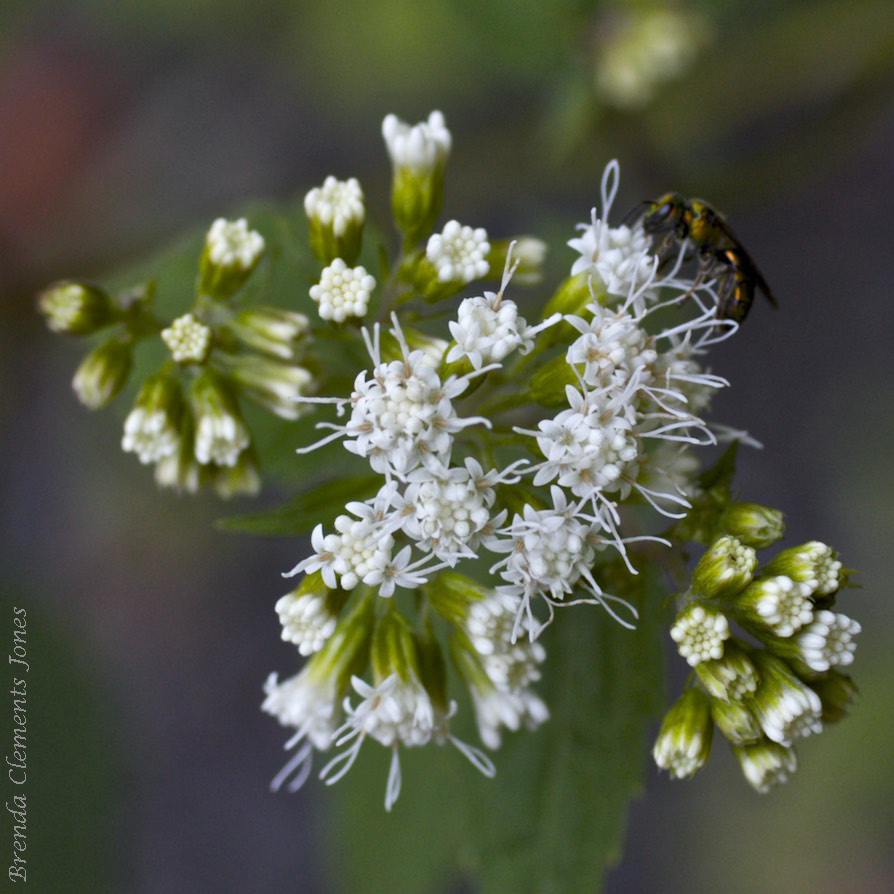-
Hemiparasitic

Downy False Foxglove (Aureolaria virginica) is a plant that is hemiparasitic. This means it has chlorophyll and performs photosynthesis but also depends upon another plant for some of its water and/or nutrients. In the case of Downy False Foxglove, the plant that it choses to depend upon is the White Oak (Quercus alba). A plant…
-
First Night Of Autumn

All day long people have been saying, “Happy first day of autumn!” Technically though, that would be tomorrow. Here in Virginia, the autumnal equinox arrives at 9:04 p.m. So, no autumn during the day today. But I’ve been celebrating autumn since September 1, since that’s the beginning of meteorological autumn which is based on temperatures.…
-
Autumn Flower

As spring turns to summer, early in the year, I always look forward to Obedient Plant (Physostegia virginiana) beginning to bloom. I have to wait a while since these are late blooming flowers. Late enough that they are here for the Hummingbirds traveling through. Ruby-throated Hummingbirds that are on their way south to their winter…
-
Spotted Orb Weaver

Adult Spotted Orb Weaver (Neoscona crucifera) spiders show up in late summer, early autumn. Just in time to help decorate for Halloween. These good sized (female bodies are about 3/4 inch long, male bodies are slightly smaller) spiders fit the part, showing up in brown/orange bodies with striped legs of cream, brown and orange colors.…
-
Purple For Autumn

It’s called Aromatic Aster (Symphyotrichum oblongifolium), though I certainly don’t notice any scent. But this Aster is a beauty, scent or no scent. Native to the northeastern and central US. Host plant to Silvery Checkerspot Butterfly. A great time to be blooming, providing nectar and pollen to insects when other flowers have already finished their…
-
White Dogwood Berries

Seems everyone knows the Dogwood species, Flowering Dogwood (Cornus florida), which is the Virginia state flower. But there are others out there. Actually there are 17 species of Dogwood that are native to North America. These white berries look so beautiful on their crimson pedicels (stems). They’re one of the other species of Dogwood. Gray…
-
Yellow, Summer Into Autumn

Woodland Sunflower (Helianthus divaricatus). Blooming with a color that I like to call screaming yellow because it is so bright. Perfect for bringing cheer. An herbaceous perennial native to eastern and central North America. These cheery flowers attract many pollinators. Butterflies, skippers, beetles, pollinating flies, bees, and beneficial wasps seek their pollen and nectar. The…
-
Red And Green

Celebrating autumn early. A small tree that I depend on to create the colors of the season. Not many but enough to know what is coming. Red and green. A few of the leaves of Winged Sumac (Rhus copallina) jump ahead of other leaves starting the color change. A tree that enchants me, not only…
-
Hay Fever?

Got hay fever? It’s caused by the pollen of Ragweed (Ambrosia). There are 17 species of Ragweed in North America. The species Giant Ragweed (Ambrosia trifida) has opposite leaves that are up to 12 inches long and 8 inches across. The plant can grow to between 3 and 12 feet tall. Flowers are inconspicuous, growing…
-
White Snakeroot

White Snakeroot (Ageratina altissima), is an herbaceous perennial that blooms from early autumn until frost. Native to the eastern United States and Canada. Its flowers are an important source of food at the end of the season for bees, moths, flies, and butterflies. White Snakeroot plants grow to be 2 to 4 feet tall. They prefer…
